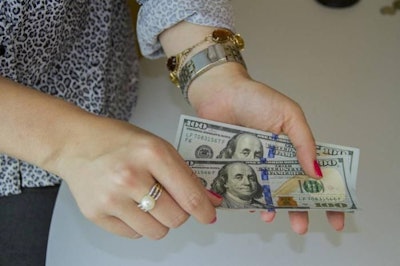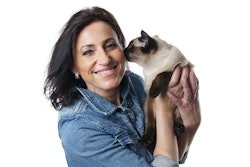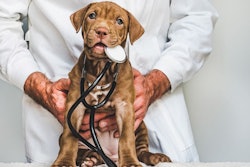
Pet owners in the United States spent US$87 billion on pets in 2018, up from 2013’s US$57.8 billion according to U.S. Bureau of Labor Statistics Survey of Consumer Finances data analyzed by MagnifyMoney, a consumer finance education and media outlet owned by online lending marketplace, LendingTree. That growth in American’s pet spending represents a 50% increase from 2013 to 2018. During that same time, American’s annual income increased by only 23%.
The analysis found that total average household expenditures on pets reached US$662 in 2018, up 44% compared to US$460 in 2013, according to Lending Tree. That means Americans spent more on pets in 2018 than on fresh fruit and vegetables, alcohol, beef, pork and poultry, water and other public services or medicinal drugs.
Lending Tree’s analysis found demographic and geographic patterns in American pet food spending. The top fifth of American households by income increased their pet expenditures by 70% between 2013 and 2018 to hit US$1,523 on average. Among less wealthy Americans, pet spending grew by 20% to 46%. Midwesterners’ pet spending grew by 66% from 2013 to 2018, reaching US$725, the most of any region.
In both the Northeast and West, American’s pet spending increased by 49% from 2013 to 2018. Pet owners in the Northeast spent an average of US$590. In the Western U.S., pet owners spent US$760 on average in 2018. Pet owners in the Southern U.S. spent 28% more on pets from 2013 to 2018 to hit an average of US$605 per household in 2018.
Other estimates of U.S. pet food expenditures in 2018
An earlier estimate of U.S. pet owner expenditures presented different figures. In May, the American Pet Products Association (APPA) released their annual survey results. The average amount U.S. pet owners spent on their animals’ food and treats in 2018 ranged from US$37 for freshwater fish food to US$1,577 for horse feed, according to that data. Survey participants told researchers that they spent an average US$259 on dog food in 2018, whereas cat owners spent US$228 feeding their felines. The sales trend repeated in pet treats. Cat owners spent US$58 in 2018 compared to dog owners’ US$76. While bird owners spent less on food with US$136, they did spend more than cat owners on treats. Bird owners spent an average US$73 on treats for parakeets and other avians.
Other U.S. Bureau of Labor Statistics pet food data for 2018
Although the wider pet industry grew to US$78.6 billion in 2018, federal data reflect a drop in United States consumer spending on pet food. Sales and marketing consultant John Gibbons analyzed data from 42,000 U.S. Bureau of Labor Statistics (BLS) Consumer Expenditure Surveys in his PetBusinessProfessor.com blog.
Considered together pet services, veterinary, supplies, pet and food sales increased in 2018 by US$1.47 billion, or 1.9%, over 2017. Supplies and veterinary had a particularly strong year, Gibbons wrote. However, pet food erased half of its large gains from the previous year.
- Pet Food – US$28.85B; Down US$2.27B (-7.3%)
- Pets and Supplies - US$19.80B; Up US$1.22B (+6.6%)
- Veterinary - US$21.23B; Up US$0.56B (+1.6%)
- Pet Services - US$8.72B; Up US$1.95B (+28.9%)
For pet food sales, only 2016’s US$2.99 billion drop matched the decline in 2018. Gibbons noted that the four largest changes sales from year to year have been during the past four years. He suggested that high-priced superpremium foods exacerbate changes in consumer purchasing behavior.
















